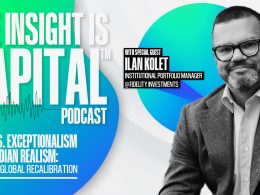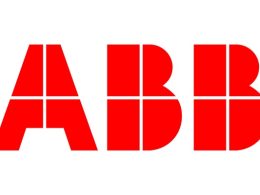This article is a guest contribution by John P. Hussman, Ph.D., Hussman Funds.
The financial markets are in a bit of a fight here between technicals and fundamentals. On a technical basis, a variety of widely-followed trendlines, moving average crossings, and resistance areas converge on the 1100 area for the S&P 500. Market internals have also firmed somewhat during the rally in recent weeks, suggesting that investors are eager to re-establish a speculative tone to the market. At the same time, fundamentals are bearing down hard on the market. We continue to observe a clear deterioration in leading indicators of economic activity.
Over the short-term, my impression is that the technicals may hold sway for a bit. The economic data points simply do not come out every day, and to the extent that economic news is not perfectly uniform in its implications, the eagerness of investors to speculate can easily dominate briefly. We established enough contingent call options at lower levels that we've now got about 1% of assets in roughly at-the-money index calls - a modest "anti-hedge" that removes any concern we might have about a frantic short-squeeze if the S&P 500 moves materially above 1100. At the same time, the historical evidence suggests that fundamentals have ultimately trumped technicals when we've observed similar warnings from economic indicators in the past. My impression is that the economic cold water could hit investors very abruptly, so that gains achieved over several weeks may be suddenly erased in a matter of a few days.
My basic concerns are the same here. Investors who will need to fund specific expenses within a short number of years - retirement needs, tuition, health care, home purchases etc - should not be relying on a continued market advance. If your life plans would be significantly derailed by a major market decline, get out. In contrast, if you are pursuing a disciplined, long-term investment strategy, and you know from your own experience of the past decade that you are diversified enough to ride out periodic losses without abandoning that strategy, ignore my views (and those of everyone else) and stick to your discipline.
The evidence from our Recession Warning Composite is already on the table, and would strengthen considerably if the ISM Purchasing Managers Index declines to 54 or less (the ISM services index already dropped to 53.8 last month). Again, no indicator in our composite is decisive on its own, but the combination of factors has always and only been observed during or immediately prior to recessions. The ISM figures and employment numbers will be a focus of investors in early August, but while a 54 on the PMI would be informative from our standpoint, investors may not immediately recognize it as meaningful. Undoubtedly, the most timely indications of recession risk are based on composites of multiple indicators, which is one of the reasons I've focused recent comments on the ECRI Weekly Leading Index (WLI). Last week, the growth rate of that index slipped again, to -10.5%, which we've never observed outside of actual or oncoming recessions, though the ECRI notes that there are two unpublished data points in the early post-war years that weren't associated with recessions.
I should emphasize, contrary to what some analysts have asserted, that this is not simply a "slowdown in the growth rate" of the WLI. To emphasize this point, I've presented three charts below (the ECRI makes this data publicly available at no charge on its website). The first is the level of the ECRI Weekly Leading Index. Not the growth rate - the level.

Note that we are observing a downturn, not simply the slowing of a positive rate of growth of the WLI. The next chart is the growth rate of the WLI, which dropped to -10.5% last week.












Comments are closed.